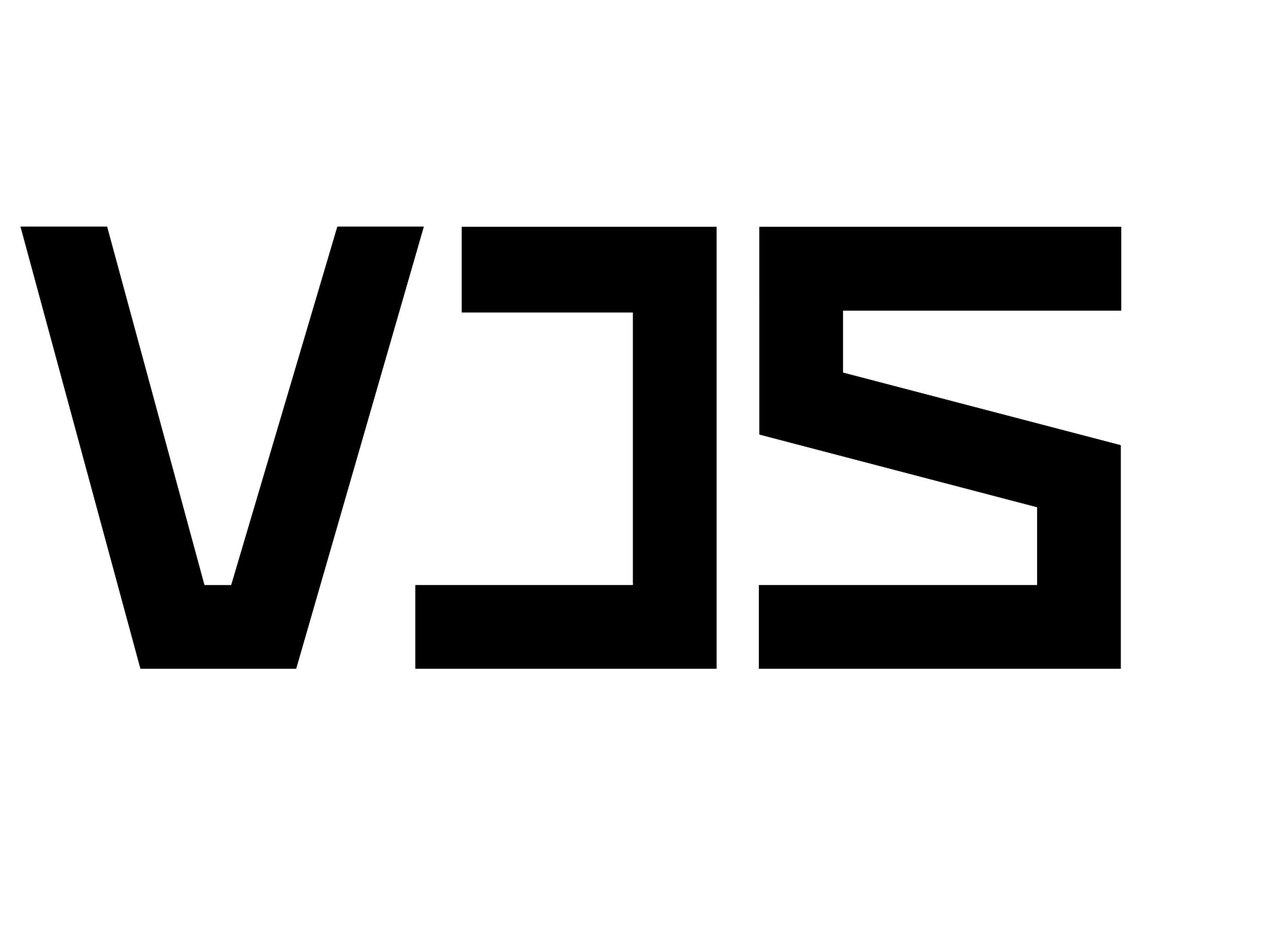
Dawned Lighting No.1
Light, Matter, and Forgotten Corners
“It was a quiet night.
My heart was somewhere
Where poppies bloomed.
Light poured into a copper bowl.”
In the first light, before the sun becomes visible, a silence one that is not static lingers in the air for a moment, and in its transience, it defines the core of time. Dawn produces the inseparable aspects of that very motion: beginning, repetition.
“First Light (Dawned)” seeks to transform the forgotten corners of architecture into the center of a sensory, visual, and conceptual experience. Its design is inspired by the relationship between material (concrete and aluminum) and light, offering a multilayered experience of space, time, and the meaning hidden within stillness. The use of concrete in the base of the lamp symbolizes sincerity and durability. Concrete, as a raw and earthy material, imparts a sense of stability and rootedness to the user within the space. At the same time, the aluminum body, with its precise geometry and polished surface, creates a path for light that reflects the modern world and industrialization.
Corners in architecture are usually marginal and forgotten spaces, but this work makes them the focus. This idea draws from Jacques Derrida’s concept of “margins” in philosophy, where he emphasizes, “What is at the margin can redefine the overall structure.” In this design, light is not merely a tool but the “phenomenon” itself, emerging from the material, illuminating the corners, giving them life, and creating a space that transcends mere functionality and becomes the center of experience.
In this piece, an effort is made to recreate the moment of transition from darkness to light with a soft, scattered quality of light. This moment, as Roland Barthes describes in Camera Lucida, is when light not only shines but gives meaning. Light, like dawn, creates a space of stillness and contemplation while simultaneously enhancing the inner movement of the space.
This piece has been developed with a sustainable approach and principles of circular design to minimize environmental impact throughout the product’s life cycle. The concrete base, with its durability and long lifespan, symbolizes stability and permanence, reducing the need for frequent replacements. The design uses a type of concrete with high recyclability, incorporating alternative cement compounds such as fly ash and ground granulated blast-furnace slag (GGBS). These compounds not only help reduce Portland cement consumption one of the largest sources of greenhouse gas emissions—but also allow for the reuse of recycled concrete in subsequent production cycles. At the end of its life cycle, this concrete can be crushed and used as base material for new concrete or other construction applications, contributing to reducing waste and consumption of natural resources.
The use of an aluminum body, which is nearly 100% recyclable, not only guarantees industrial waste reduction but also supports the reuse of natural resources, as this material can repeatedly re-enter the production cycle without losing its quality.
The design process of this product follows the Cradle to Cradle model, meaning all materials can return to the production cycle at the end of their use. The product’s modular and simple design facilitates the disassembly and recycling of components, minimizing the environmental costs at the product’s end of life.